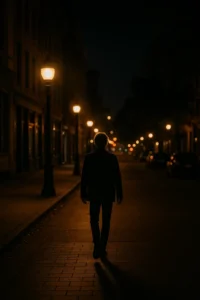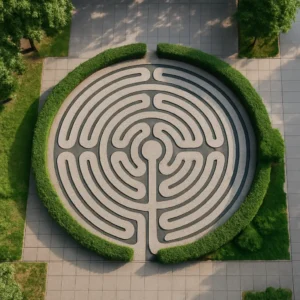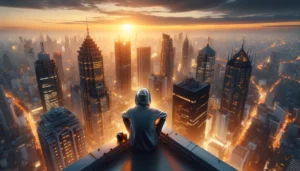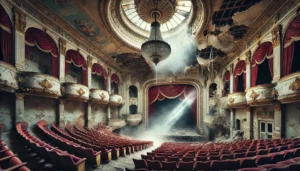There’s something uniquely magnetic about exploring the urban world after dark. Streets empty out, the noise fades, and cities take on an entirely new personality. For urban explorers, night brings with it a sense of mystery and solitude that can’t be replicated during daylight. But this fascination comes with a price—greater risks, heavier shadows, and ethical questions that demand careful thought.
Night exploration, or “night missions,” as some call them, intensifies every sense. The same abandoned building that felt lifeless during the day now feels alive with sound and energy. Creaks echo louder, shadows stretch deeper, and every footstep carries more weight. It’s easy to see why many urban explorers are drawn to the dead of night—there’s thrill, beauty, and danger wrapped together in darkness.
However, the thrill of nighttime exploring comes with real risks. Visibility is reduced, making navigation through decayed or structurally unstable buildings even more hazardous. Broken glass, hidden holes, rusted metal, and unexpected wildlife become far more dangerous in the dark. Even seasoned explorers admit that night missions can turn south quickly if one isn’t cautious.
There’s also the human element to consider. At night, encounters with law enforcement, security, or other people (not always with good intentions) can be more intense. While some urban explorers pride themselves on stealth and discretion, being caught trespassing after hours often results in heavier legal consequences. It’s essential to understand local laws, know your rights, and above all, respect property and privacy.
Then there’s the ethical dimension of urban night exploration. Is it right to sneak into an abandoned hospital after midnight just for a photo? Should you post footage of your night journey online and reveal the location? The urbex community often repeats the mantra: “Take nothing but pictures, leave nothing but footprints.” This mindset encourages respect for the spaces explored, ensuring they remain untouched for future adventurers.
But even within the community, opinions vary. Some believe night exploring crosses a line, especially when it involves breaking and entering. Others argue that the night simply adds depth to the experience—as long as care, safety, and respect are upheld.
For many explorers, night isn’t about rebellion—it’s about connection. The darkness offers silence, focus, and a powerful sense of being alone with the city’s forgotten places. It becomes meditative, almost spiritual. You notice details you would never see in the day. The moonlight through shattered windows, the reflection of your flashlight in dusty mirrors, the way the city breathes differently after midnight.
Urban night exploration is not for everyone. It requires preparation, caution, and a deep understanding of both the physical and moral terrain. But for those who feel called to the shadows, it can be one of the most intense and unforgettable ways to connect with the layers of history hidden in plain sight.
So if you go out under the cover of darkness, go with respect. Bring the right tools. Know your route. Tell someone where you’re going. And remember: the city doesn’t sleep—it just waits for those brave enough to walk it at night.







